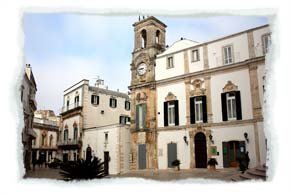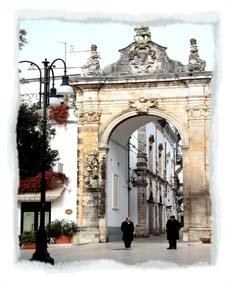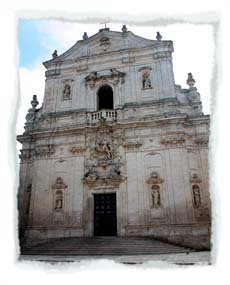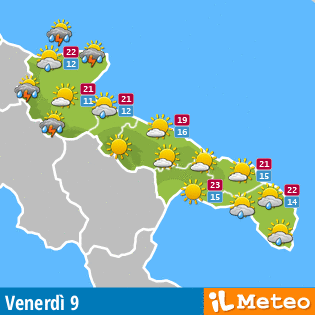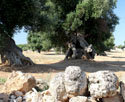Martina Franca
Info Martina Franca
-
Region:
Provincie:
Municipality:
CAP:
Area code:
Surface:
Population:
city hall:
-
Apulia
Taranto
Martina Franca
74015
080
295,50 Kmq
48.958
Piazza Roma
Martina Franca, one of the most elegant city in Apulia
One of the most elegant city in Apulia, close to the south-eastern area of the Murge, Martina Franca appears as an ancient town marked by narrow alleys and popular courtyards, where it is beautiful to venture and admire the beauties of its Baroque. The elegance of its architecture makes the city precious; the Baroque style is everywhere: in the palaces, the portals, the windows, the balconies and their railings.
Martina Franca dates back to the 10th century, when a little village was founded on the mountain San Martino, by some inhabitants of Taranto fleeing from Saracen devastations; subsequently a group of shepherds joined them. In the 14th century Filippo I d’Angiò gave it the title of comune (commune) and conceded it to Pietro del Tocco, his loyal servant, as feud but according to some historical documents it is possible that Martina Franca was already peopled by a local noble family. Filippo d’Angiò granted to the new town also some franchises and that’s why it is said Franca (free). The name of the town is dedicated to the patron saint San Martino, who is celebrated on 11th November and on the first Sunday of July. According to the tradition, San Martino assisted the inhabitants of Martina Franca many times, protecting them from barbarian invasions and hostile attacks.
During the 16th century the city became feud and dukedom of a rich Neapolitan family: the Caracciolo. In 1668 the duke Petracone V built the present Palazzo ducale, on the ruins of the castle of the family Orsini, probably with the participation of the Lombard architect Giovanni Andrea Carducci, marking the starting point of a golden period for Martina. The palace is characterized by an elegant and plain façade with a long wrought iron balcony. Inside we find a piano nobile (“noble floor”) richly decorated by frescoes by the 18th – century local painter Domenico Carella; the room said dell'Arcadia, that said del Mito and the one said della Bibbia are very famous too. The collegiate church of San Martino is the main symbol of the city and a masterpiece of the Baroque art; it was built during the half of the 18th century and appears as a very imposing building with its high façade; it is 42 metres high and it is divided by a frame and decorated with pilasters, friezes and ornaments like the mixtilinear tympan of the portal, representing San Martino on horseback. Inside the church shows only one Latin cross nave and it is dominated by the big major altar realized in multicoloured marble in 1773, by the so called scola napoletana.

